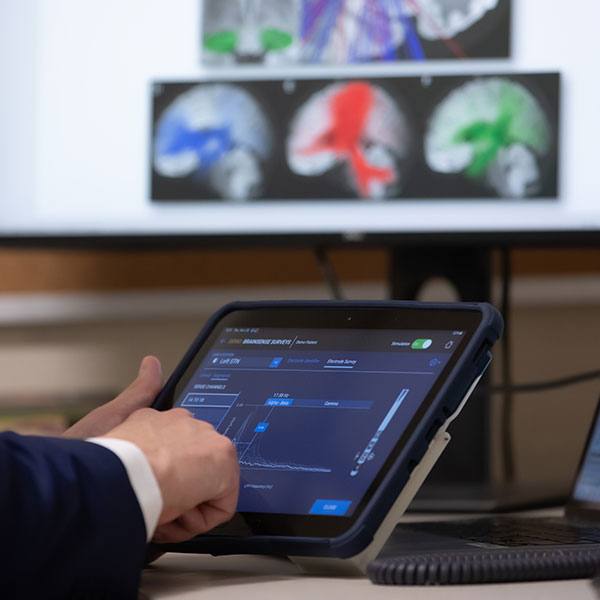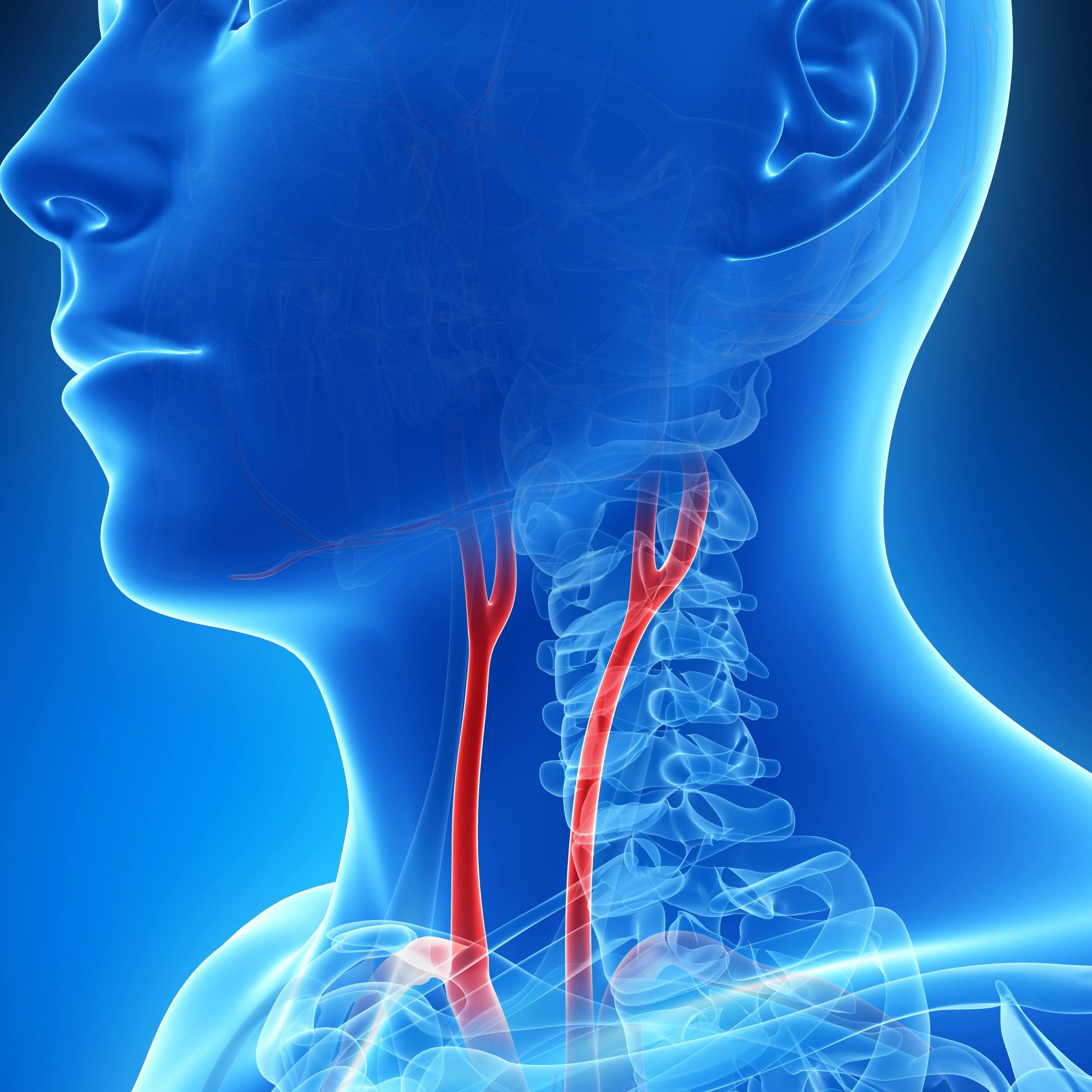-
New Biomarkers May Speed Clinical Trials of ALS Drugs
Just over five years ago, the lab of neurogeneticist Rosa Rademakers, Ph.D., on Mayo Clinic’s campus in Florida, discovered a genetic mutation that turned the field on its head. Her team found an unusually long repeating section in the gene known as C9orf72 in more than 30 percent of patients with amyotrophic lateral sclerosis (ALS).

The anomaly also turns up in more than 25 percent of patients with frontotemporal dementia (FTD). The finding has prompted a wide array of Mayo Clinic studies, now paving the way toward treatments.
Launching from Dr. Rademakers’ discovery, Leonard Petrucelli, Ph.D., Chair of Neuroscience, developed the first mouse model with the C9orf72 mutation that displays both the neuropathological and clinical features of patients with c9ALS and c9FTD (as the diseases are known when they’re caused by the gene). His group was the first to identify downstream abnormalities, including toxic clumps of RNA and accumulations of aberrant proteins caused by the mutation. The findings translate into potential new targets for therapeutics, and his group now is testing small molecules that may block these toxic processes.

But clinical investigations of new ALS drugs have faced a particular hurdle: it’s hard to tell in patients if the new drugs are reaching the intended molecular targets. The latest studies by neuroscientists on the Florida campus have identified biomarkers to overcome this challenge and speed the next stages of clinical trials. Publishing in Science Translational Medicine, neuroscientist Tania Gendron, Ph.D., found a protein called poly(GP) that exists in the cerebral spinal fluid of patients with c9ALS. Levels of the protein are directly related to levels of toxic RNA. As clinical trials begin testing new drugs, like the newly developed antisense oligonucleotides that block the RNA, tracking levels of poly(GP) can help guide the studies. “This biomarker can help clinical scientists sort out quickly if a candidate drug is indeed targeting the toxic RNA, information important in interpreting clinical trial results and optimizing potential therapies,” Dr. Gendron explains.

In addition, she and a team of researchers found that another biomarker for c9ALS may also enhance clinical trials: a protein released by dying neurons called phosphorylated neurofilament heavy chain, or pNFH, correlates with the severity of a patient’s disease. In Annals of Neurology, she and collaborators, including Dr. Petrucelli and neurologist Kevin Boylan, M.D., reported that levels of pNFH can be used to predict survival of c9ALS patients. What this means is that the biomarker can be used to refine clinical trials. “Because the course of disease can differ markedly among patients, the pNFH biomarker can help stratify the patients into more uniform groups. This will improve our ability to determine if the treatment is beneficial to patients,” she says.
Eventually, pNFH may help individualize care, she adds. Her team will look at levels of the biomarker in c9ALS patients, even those who are still asymptomatic, to determine if it can indicate the best time to initiate treatment. “In combination, the two biomarkers are tools we hope will strengthen the discovery of therapeutics in the laboratory and their testing in clinical trials to find effective drugs as quickly as possible for patients,” she says.
Related Articles







